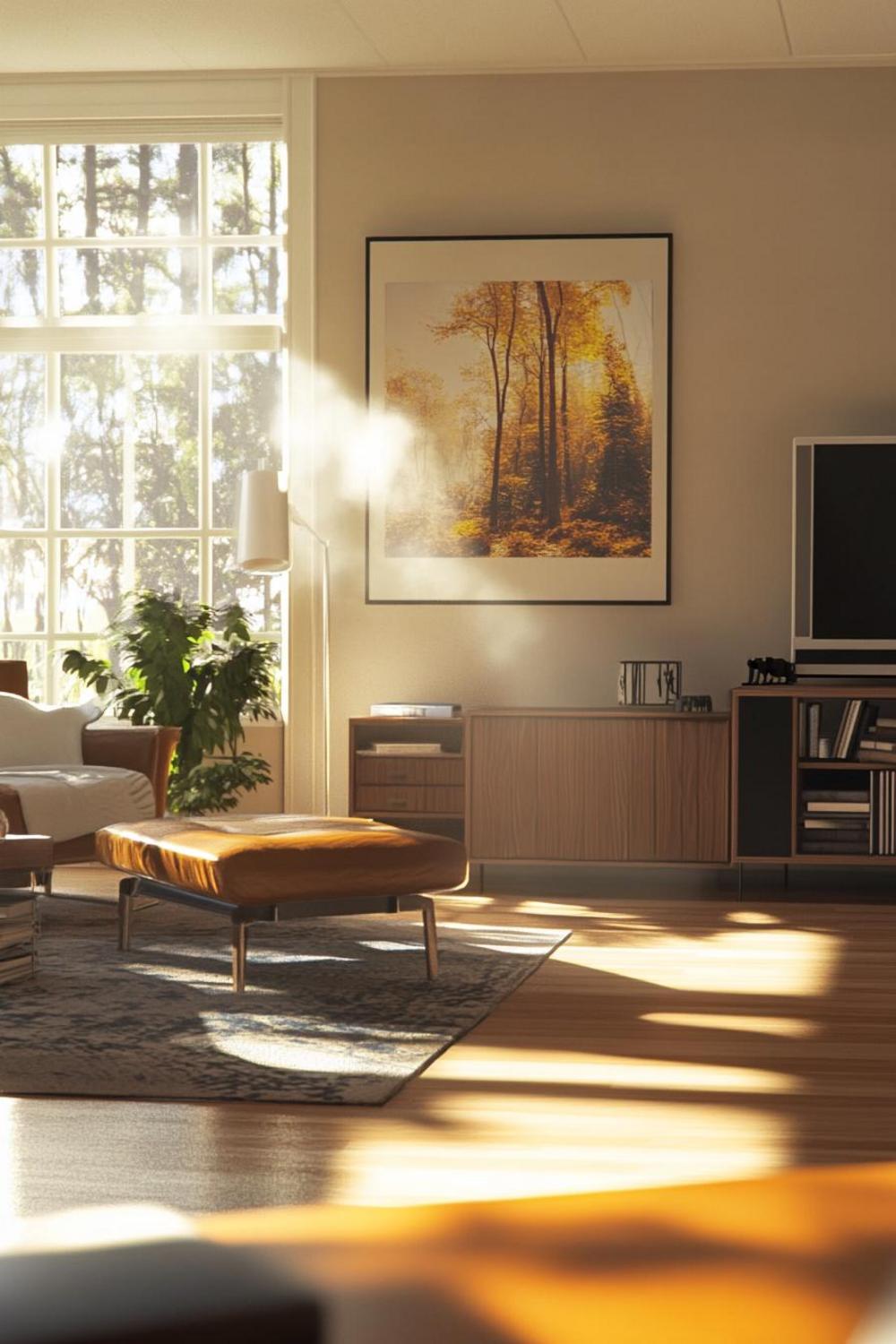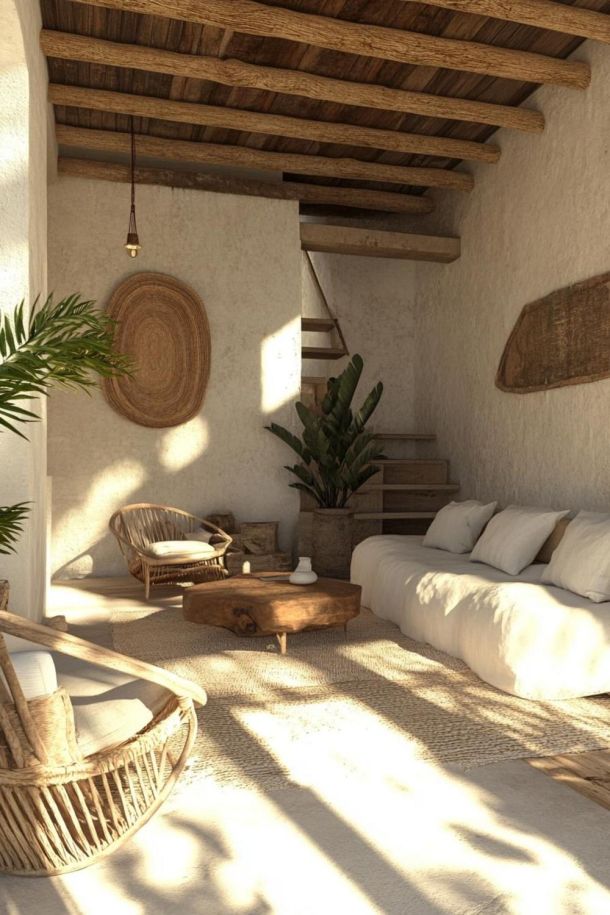Emergent Design Methodologies: Transforming Home Spaces in 2025
In the dynamic world of design, emergent design methodologies are revolutionizing how we conceptualize and create living spaces. These innovative approaches go beyond traditional design principles, focusing on adaptability, personalization, and human-centric solutions. Imagine a design process that evolves with your family’s needs – that’s the promise of emergent methodologies!

At its core, emergent design represents a radical shift from static, predetermined solutions to dynamic, responsive environments. Designers now leverage advanced technologies and deep human insights to create spaces that literally transform with our lives. For working professionals and families, this means spaces that adapt to changing work, leisure, and personal requirements.
Understanding Emergent Design Methodologies
Let’s break down the key characteristics that define these groundbreaking approaches:
- Adaptive Flexibility: Spaces that can be reconfigured instantly
- Technology Integration: Smart systems that enhance living experiences
- Human-Centered Design: Solutions tailored to individual needs
- Sustainable Principles: Environmentally conscious design strategies
The Technology Behind Adaptive Spaces
Modern design methodologies incorporate cutting-edge technologies like AI, augmented reality, and modular furniture systems. These innovations allow spaces to literally ‘learn’ and adjust based on user interactions and preferences.

Psychological Dimensions of Emergent Design
Beyond physical transformation, emergent design methodologies delve deep into psychological well-being. By understanding how environments impact mental states, designers create spaces that actively support emotional health, productivity, and family dynamics.
Key Psychological Design Principles
- Color psychology for mood enhancement
- Spatial arrangements that reduce stress
- Natural light optimization
- Acoustic design for mental clarity
Implementing Emergent Design in Family Spaces
For families seeking transformative living environments, consider these practical implementation strategies:
- Conduct a comprehensive lifestyle assessment
- Invest in modular, multi-functional furniture
- Integrate smart home technologies
- Create flexible work-leisure zones
- Prioritize sustainable, adaptable materials
Future Outlook: Design Beyond 2025
As we look forward, emergent design methodologies will continue evolving. The future promises even more personalized, responsive environments that seamlessly blend technology, aesthetics, and human experience.
Pro Tip: When exploring emergent design, always prioritize personal comfort and functionality over trendy aesthetics. The most successful designs are those that genuinely improve your daily life!






